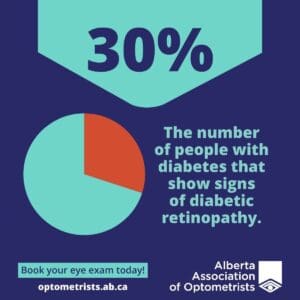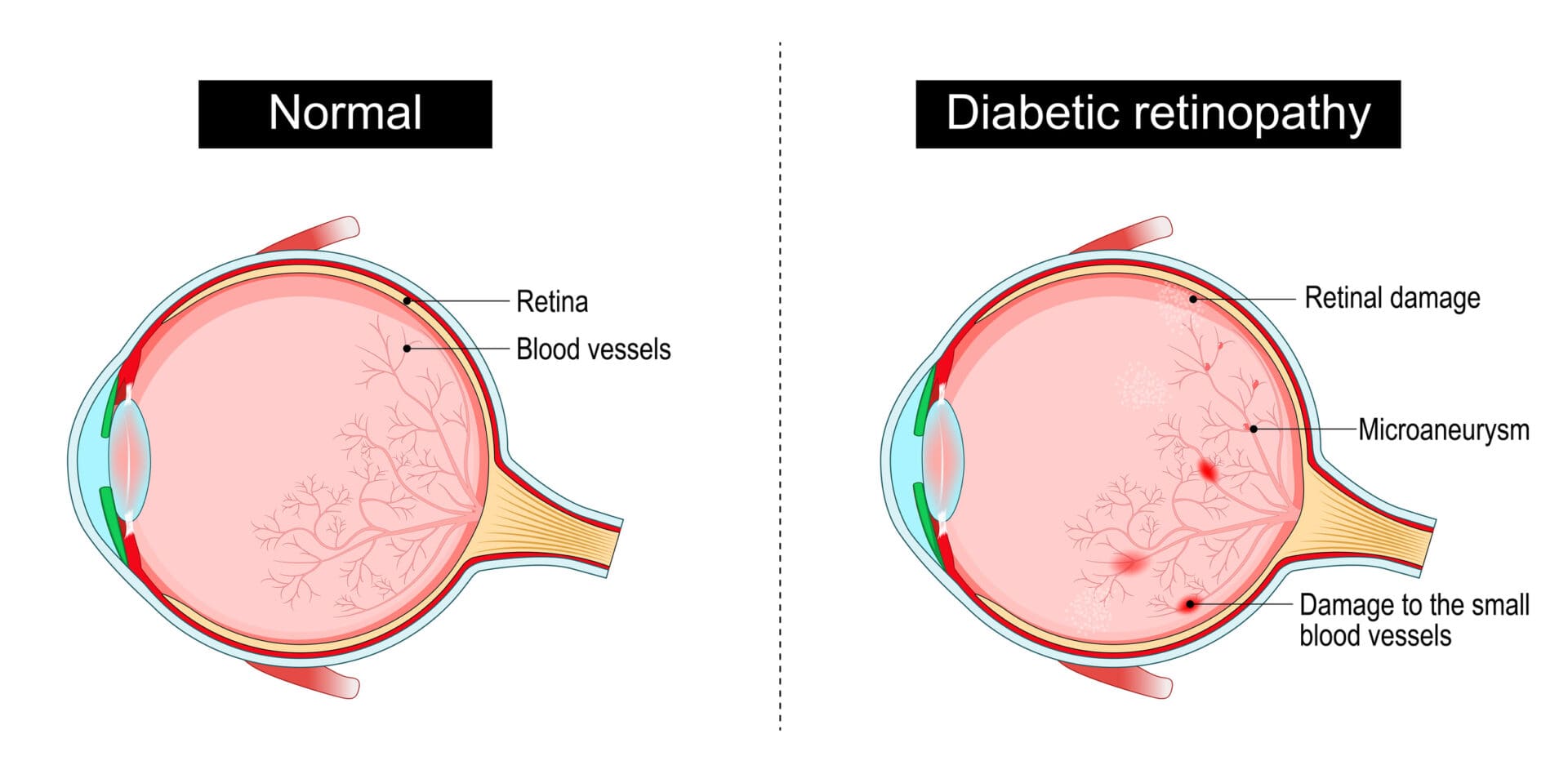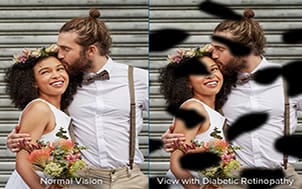
Supporting Eye Health at WE Seniors: A New Resource for Our Members
At WE Seniors, we care for our seniors holistically, supporting their physical, emotional, and social well-being. We believe in fostering a community that promotes healthy aging and enhances the quality of life for our members.
Through partnerships with organizations like the Alberta Association of Optometrists, we aim to provide valuable resources and information to support seniors’ health and wellness. Whether it’s staying active, managing health conditions, or simply staying connected, we’re committed to helping our members thrive.
November is Diabetes Awareness Month!
A time to raise awareness about the serious health impacts of diabetes, including its often silent effects on vision. Early detection and collaborative care are crucial to protecting sight.



Join the Alberta Association of Optometrists for our upcoming webinar on Diabetic Eye Health!
Diabetes can silently damage vision — even before symptoms appear. Early detection and monitoring are key to protecting sight. Join our upcoming webinar for a deep dive into diabetes-related eye health.
- When: Tuesday, November 18 at 12:00–1:00 p.m. MT
- Speaker: Dr. Sophia Leung, Principal Optometrist at Seema Eye Care Centre and President of the Alberta Association of Optometrists
Topics:
- How diabetes affects the cornea, lens, optic nerve, and retina
- Diabetic retinopathy: signs, stages, and treatment
- Importance of routine diabetic eye exams
- Strategies for effective care collaboration

BLOG POST FROM ALBERTA ASSOCIATION OF OPTOMETRISTS (AAO)
Check out their blog posts below:
Diabetes + Your Eyes – Preventing Diabetic Retinopathy

Diabetic retinopathy is a serious eye condition that affects many seniors living with diabetes. As we age, the risk of developing this condition increases—making it especially important to know how to prevent it.
In this article, learn what diabetic retinopathy is, how diabetes can affect your eyes, and what steps you can take to protect your vision.
What is Diabetic Retinopathy?
Diabetic retinopathy is an eye disease caused by damage to the blood vessels in the retina—the light-sensitive tissue at the back of your eye. It’s one of the most common complications of diabetes and a leading cause of vision loss.
Did you know? Within 20 years of diagnosis with diabetes, almost all people with type 1 diabetes and more than half of those with type 2 diabetes will develop some form of diabetic retinopathy.
It happens when high blood sugar levels damage the tiny blood vessels in the retina. These vessels can leak, form bulges (microaneurysm), or close off completely, depriving the retina of oxygen. In response, the eye may grow new, fragile blood vessels that can bleed or scar the retina—further threatening your vision.
Untreated, diabetic retinopathy can lead to permanent vision loss or blindness.

How Diabetes Affects Your Eyes
Diabetes can affect the eyes in a multiple ways—even before diabetic retinopathy develops.
Early symptoms of uncontrolled blood sugar levels may include:
- Fluctuating or blurred vision
- Double vision
- Flashes or floaters
- Temporary loss of parts of your visual field
These symptoms often improve with better blood sugar control.
Longer term, diabetes can cause changes in nearsightedness or farsightedness, early onset presbyopia (the inability to focus on close objects, increased risk of early cataracts or glaucoma, and permanent changes caused by diabetic retinopathy.
Early diabetic retinopathy may not have noticeable symptoms. However, damage caused by retinopathy is permanent. As the disease progresses, signs may include:
- Blurry vision
- Black spots or holes in your field of vision (see below)
- Flashes of light and persistent floaters
- Vision loss
Regular visits to your optometrist are the best way to detect changes in your eye health and preserve your vision.

Prevention: What You Can Do
There are many ways to reduce your risk or slow the progression of diabetic retinopathy:
- Keep blood sugar levels stable: Monitoring and managing your blood sugar levels reduces the risk of developing diabetic retinopathy.
- Schedule annual eye exams: Regular visits to your optometrist help catch early signs of damage before symptoms appear.
- Follow a healthy lifestyle: Diet and exercise play a key role in managing diabetes and diabetic retinopathy. Follow your doctor’s recommendations.
- Take medications as prescribed: Consistently following your treatment plan helps keep your diabetes under control.
- Visit your physician regularly: Ongoing health monitoring supports long-term diabetes management.
- Quit smoking: Smoking increases the risk of diabetic complications, including eye disease.
- Manage blood pressure and cholesterol: These conditions can worsen retinopathy. Keep them in check through medication and healthy habits.
Treatment
In the early stages, diabetic retinopathy may only require regular monitoring. Catching it early significantly improves the chances of successful treatment.
If needed, your optometrist may refer you to an ophthalmologist for:
- Anti-VEGF injections to reduce blood vessel growth and leakage
- Laser therapy to seal leaking vessels or slow disease progression
- Retinal surgery for advanced cases
Your optometrist can co-manage your treatment with a retinal specialist and help coordinate follow-up care. People with diabetes should have a comprehensive eye exam at least once per year, or more often if recommended by your optometrist or physician.
Regular Eye Exams Make all the Difference
Diabetic retinopathy is serious—but with regular eye exams and good diabetes management, you can protect your vision for years to come.
Your optometrist can often detect changes in your eyes before you notice symptoms. This makes annual eye exams an essential part of care for anyone living with diabetes.
Did you know? The Alberta Health Coverage Insurance Plan (AHCIP) provides coverage towards diabetic eye exams and annual eye exams for Albertans 65 years and older.
Not sure how often you should be seen? Talk to your optometrist. If you don’t currently have one, visit http://www.optometrists.ab.ca or just click HERE to find an optometrist near you.
About the Alberta Association of Optometrists (AAO)
